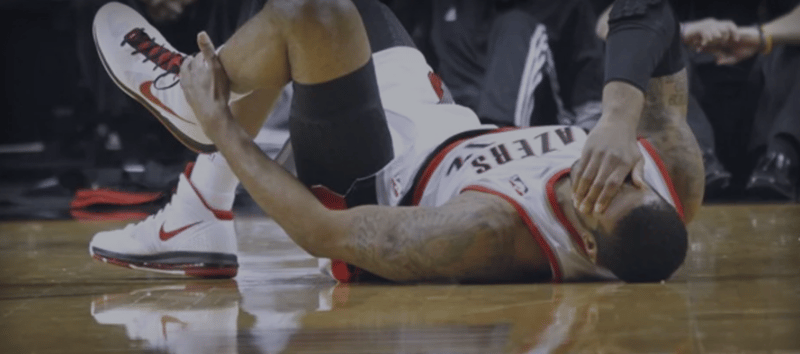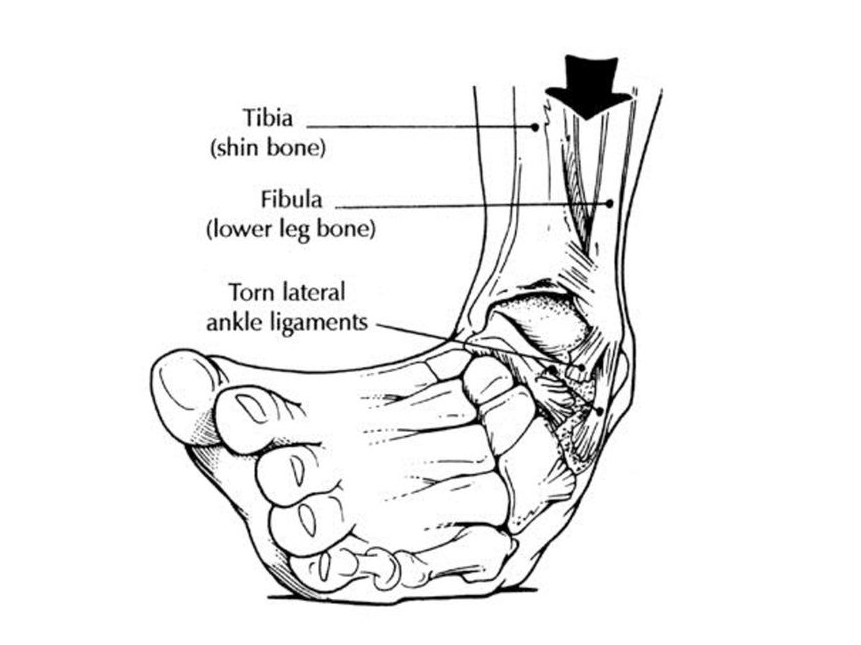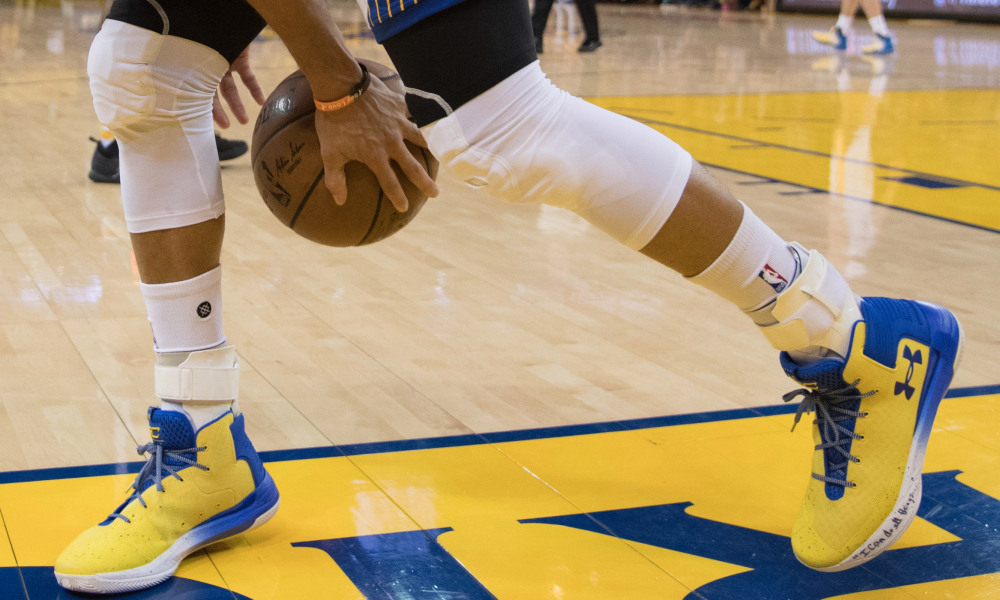
Subtalar joint inversion, a fancy word for ankle sprain, and the enemy of most basketball and volleyball players. Combine tall athletes with landing blindly after huge jumps, and rolled ankles are bound to happen. In response, athletes start bracing their ankles with various lace-up and semi-rigid braces to avoid rolling their ankles. What they don’t know is that all of the “safe” landings they had while wearing the braces put them at risk for serious traumatic, as well as chronic knee injuries.

Many studies have been done examining the athletic performance effects of wearing ankle braces. A review of studies found some decrements in performance of both agility times and vertical jump height, likely due to the restriction of ankle’s range of motion by interfering with the inherent stiffness that should be used situationally as opposed to artificially forced through bracing.
While most research agrees that wearing braces helps prevent ankle sprains, not many studies have been done on the effects wearing braces can have on an athlete’s knees. Recently, a few studies have come out specifically addressing the stress ankle braces can put on an athlete’s knee joint. Research by Kandy Venesky at Indiana University showed that wearing ankle braces increased the twisting forces about the knee by 10%, increasing the potential for knee ligament injuries. It is important to note that this study was published in The Journal of Athletic Training, a population that is usually the most adamant about wearing ankle braces. In addition, research from The University of Kansas Medical Center concurred, showing that wearing ankle braces significantly increased torque at the knee joint during trunk rotation movement while standing on one leg (the same motion that happens during a one leg landing).

Why does an ankle brace put your knees at risk? You have to think of your legs as complex shock absorbers. When you land after a jump, your ankle, knee and hip joints all play a role in absorbing the shock of the landing. Ankle braces, while stabilizing the joint, also decrease your ankles range of motion, essentially taking out your first shock absorber. This places more stress on the joint next in line, the knee.
First, a training program that reinforces proper landing technique and strengthens necessary ligaments and muscles is essential, specifically movements like pogo jumps that isolate the ankle joint’s performance.
Athletes that compete in jumping sports complete exercises that specifically target the muscles and connective tissues needed to withstand the rigors of high impact landings. Second, try ankle taping instead of braces. The tape will provide some lateral support, without significantly hindering essential range of motion in the ankle joint, keeping the torque off of your knees.
Santos, Marcio J et al. “The effects of ankle bracing on motion of the knee and the hip joint during trunk rotation tasks.” Clinical biomechanics (Bristol, Avon) vol. 19,9 (2004): 964-71. doi:10.1016/j.clinbiomech.2004.07.002
Newman, Thomas M et al. “The Comparative Effects of Ankle Bracing on Functional Performance.” Journal of sport rehabilitation vol. 27,5 (2018): 491-502. doi:10.1123/jsr.2016-0136
Venesky, Kandy et al. “Prophylactic ankle braces and knee varus-valgus and internal-external rotation torque.” Journal of athletic training vol. 41,3 (2006): 239-44.